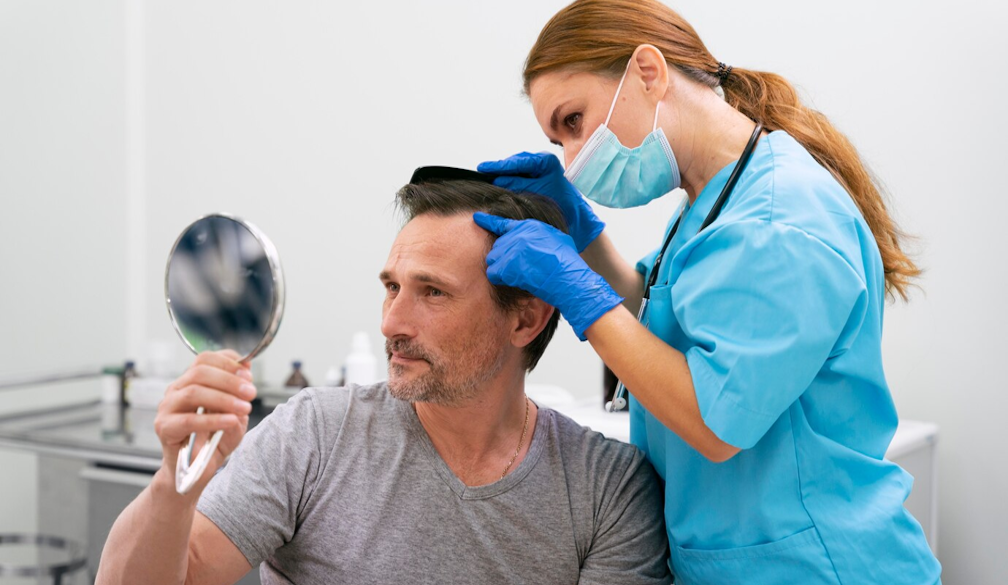Ms Dhu coronial findings show importance of teaching doctors and nurses about unconscious bias
- Written by Gregory Phillips, Associate Professor, Research Fellow in Aboriginal Health, Baker IDI Heart & Diabetes Institute
In delivering her findings of the coronial inquest into the death of 22-year-old Ms Dhu during time spent in a Western Australian jail cell, state coroner Ros Fogliani was highly critical of some actions of police and medical staff.
She reportedly said Ms Dhu’s medical care in one instance was “deficient” and both police and hospital staff were influenced by preconceived notions about Aboriginal people.
Ms Dhu died on 4 August 2014 from staphylococcal septicaemia - a severe bacterial infection - and pneumonia, which were complicated by a previously obtained rib fracture. Released CCTV footage showed Ms Dhu moaning from pain, saying it was ten out of ten.
It was reported an emergency doctor considered her pain real but exaggerated for “behavioural gain”. Another doctor also noted Ms Dhu suffered from “behavioural issues” while a constable thought she was “faking” her suffering.
Ms Dhu’s case is not the first instance of mistreatment of an Aboriginal person in custody or a medical setting, nor is it likely the last. And while coroner Fogliani’s recommendations included mandatory, ongoing cultural competency training for police officers, to assist with health issues and other dealings with Aboriginal people, this isn’t enough.
For thirty years, Australian institutions have implemented cultural awareness programs. The thinking was if they taught staff about Aboriginal and Torres Strait Islander cultures, it would result in better lecturers, clinicians and policy-makers – and magically produce equity.
But this assumes Aboriginal culture is the problem. Like a deaf student in an all-hearing classroom, it is not the deaf student or their needs that are the problem, but a system that thinks an all-verbal and all-hearing teaching style is equal. The idea of equality itself entrenches systemic discrimination.
Unconscious bias
In April, Darwin Hospital staff were under fire for allegedly leaving Aboriginal singer Gurrumul Yunupingu to bleed internally for eight hours. Media reported hospital staff noted Gurrumul’s liver damage was self-inflicted (a result of repeated heavy alcohol use) rather than being due to his chronic hepatitis B infection he had since he was a child.
We don’t know whether these allegations are true, but we do know unconscious bias exists in Australia. It refers to the instant judgements we make about other people and situations based on our own values, experiences and cultural and gender beliefs.
These judgements impact significantly on hiring and promotion decisions, how medical students make decisions, and in public discourse.
Regardless of merit or facts, research shows black or Indigenous people are more likely to be seen as less trustworthy; women to be risky prospects, and overweight people as irresponsible. Those with power and privilege judge those with less power for their inability to compete on terms set by the powerful.
So how is unconscious bias different to racism? Like an iceberg, unconscious bias is said to represent the beliefs, values and experiences (below water) that give rise to overt expressions of discrimination (above water).
There are two problems with these definitions, however. They don’t reveal how beliefs, values and experiences got into the subconscious in the first place. They may also imply it is not the responsibility of those with unconscious bias to change their implicit beliefs and explicit actions.
In Australia, the inability to deal with unconscious bias and racism has serious health effects on Aboriginal and Torres Strait Islander people. These include increased stress, mental ill-health and suicide, systemic racism in education, sports, justice and the public sector.
In a national survey of Aboriginal patients, 32.4% reported racial discrimination in medical settings most or all of the time. These people felt they had been treated unfairly (which included being treated rudely or with disrespect; being ignored, insulted, harassed, stereotyped or discriminated against) because they were Aboriginal or Torres Strait Islander.
Equality vs Equity
Public discussion about racism in Australia is often met with denial, discomfort and fragility. Some blame AFL player Adam Goodes for calling out racism – shooting the messenger is a common reaction.
Some stand with whistle blowers and defend their right to speak truth to power. Others completely deny racism’s existence, wishing it would go away because “we treat everyone the same”.
But the impulse to treat everyone the same confuses equality of inputs with equality of outcomes. As the below diagram shows, treating everyone with equal inputs (the same boxes) produces an inequality of outcomes (not everyone can access the game).
 Equality can only work if everyone starts from the same place, whereas equity is about making sure people get access to the same opportunities.Interaction Institute for Social Change | Artist: Angus Maguire/madewithangus.com, CC BY
Equality can only work if everyone starts from the same place, whereas equity is about making sure people get access to the same opportunities.Interaction Institute for Social Change | Artist: Angus Maguire/madewithangus.com, CC BYAlternatively, treating everyone differently, according to their needs and humanity is more likely to produce equality of outcomes where everyone can access the game. Equity deals not only with overt discrimination but the systemic factors that give rise to it.
Australian universities, medical schools and health systems grappling with how to include Aboriginal and Torres Strait Islander people in their institutions as participants and staff – and how to produce equality of outcomes – need to deal with both overt and systemic factors of racism.
Cultural awareness isn’t enough
Teaching health professionals about Indigenous health will effectively require teaching about unconscious bias and racism; one’s own culture, values and motivations. It requires training in “unlearning” preconceptions, regular reflections on one’s own practices; as well as education about Aboriginal and Torres Strait Islander cultures.
Most importantly, if the clinician cannot see themselves, their privilege and power as a potential problem, this will inadvertently re-establish racism and unconscious bias.
Educators have found patiently moving Australian medical students who were initially hostile to Aboriginal health curricula through their discomfort to reach the “a-ha” moment, is a key teaching strategy in producing better prepared doctors.
Further, cultural awareness training assumes that even if we could train every individual staff member in a hospital to be perfectly culturally competent, they would then go on to magically produce better health outcomes.
But the systemic factors – workplace culture, policies, power, funding and criteria on which decisions are made – are critical if we want a culturally equitable society.
Improving outcomes for Aboriginal and Torres Strait Islander people includes moving from a goal of equality to equity; teaching about racism and unconscious bias, not just culture; and making explicit the deeper transformational work of institutional decolonisation. We need to ask: how can power be shared? On whose terms are decisions made? Who owns institutions and services? Whose criteria are used to judge effectiveness?
The answer is that Aboriginal and Torres Strait Islander definitions and measurement tools of success are more likely to contribute to producing better outcomes than those where unconscious bias and racism is implicit. The work of admitting and addressing institutional racism remains.
Gregory Phillips receives postdoctoral research funding from the Victorian Department of Health. He is a member of The Australian Greens.
Authors: Gregory Phillips, Associate Professor, Research Fellow in Aboriginal Health, Baker IDI Heart & Diabetes Institute





